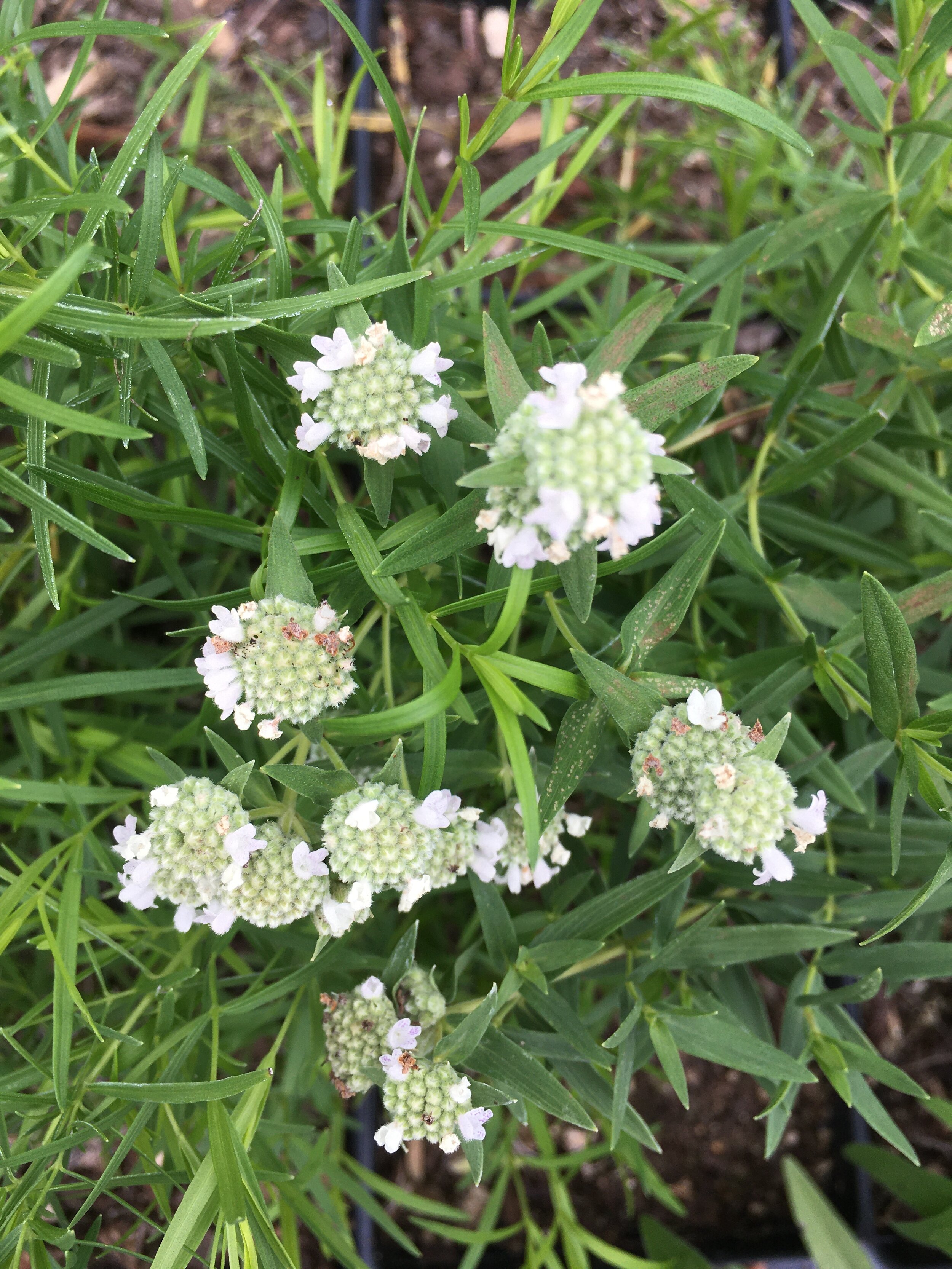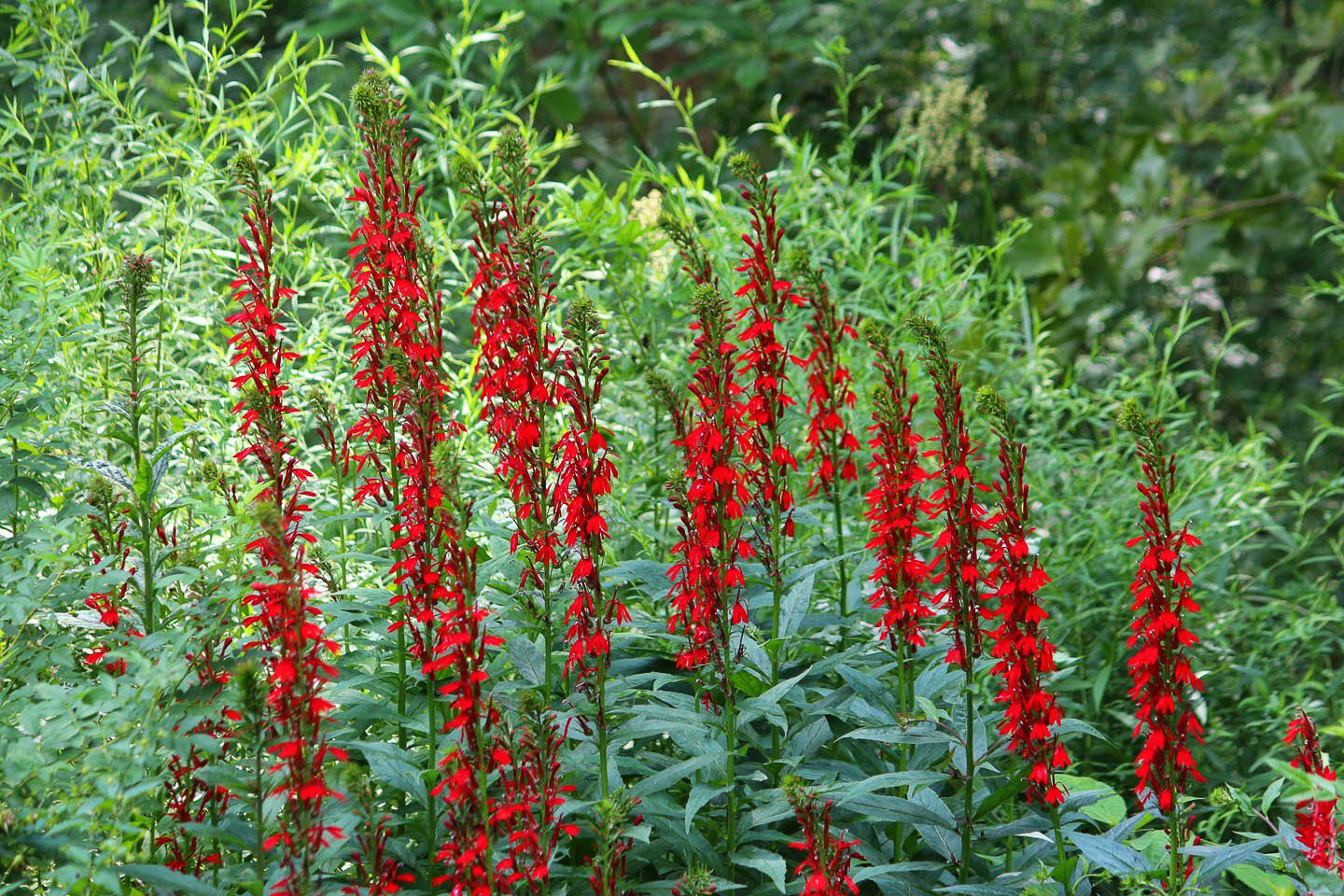 Image 1 of 4
Image 1 of 4

 Image 2 of 4
Image 2 of 4

 Image 3 of 4
Image 3 of 4

 Image 4 of 4
Image 4 of 4





Geranium maculatum (Wild Geranium)
grows 1.5-2 ft. tall
sun to part shade
medium moisture (mesic)
tolerates a wide range of acidic to calcareous soils (acid to base)
pink blooms from Apr.-June
benefits bumblebees, solitary bees, specialist bees, and beetles
larval host plant for Leafmining Moth and White-marked Tussock Moth
associated with mining bee, small carpenter bees, sweat bees, cuckoo bees, mason bees, syrphid flies, fruit worm beetle
natural habitat: mesic to dry upland forests, well-drained floodplain forests; common in the mountains and Piedmont
garden design tip: plant with Phlox divaricata (Woodland Phlox), ferns, and Zizia (Golden Alexanders) in a woodland garden or partly shaded area
may also pair with Blephilia ciliata (Downy Wood Mint) in dry shade as a boon for bees
grows 1.5-2 ft. tall
sun to part shade
medium moisture (mesic)
tolerates a wide range of acidic to calcareous soils (acid to base)
pink blooms from Apr.-June
benefits bumblebees, solitary bees, specialist bees, and beetles
larval host plant for Leafmining Moth and White-marked Tussock Moth
associated with mining bee, small carpenter bees, sweat bees, cuckoo bees, mason bees, syrphid flies, fruit worm beetle
natural habitat: mesic to dry upland forests, well-drained floodplain forests; common in the mountains and Piedmont
garden design tip: plant with Phlox divaricata (Woodland Phlox), ferns, and Zizia (Golden Alexanders) in a woodland garden or partly shaded area
may also pair with Blephilia ciliata (Downy Wood Mint) in dry shade as a boon for bees
grows 1.5-2 ft. tall
sun to part shade
medium moisture (mesic)
tolerates a wide range of acidic to calcareous soils (acid to base)
pink blooms from Apr.-June
benefits bumblebees, solitary bees, specialist bees, and beetles
larval host plant for Leafmining Moth and White-marked Tussock Moth
associated with mining bee, small carpenter bees, sweat bees, cuckoo bees, mason bees, syrphid flies, fruit worm beetle
natural habitat: mesic to dry upland forests, well-drained floodplain forests; common in the mountains and Piedmont
garden design tip: plant with Phlox divaricata (Woodland Phlox), ferns, and Zizia (Golden Alexanders) in a woodland garden or partly shaded area
may also pair with Blephilia ciliata (Downy Wood Mint) in dry shade as a boon for bees









